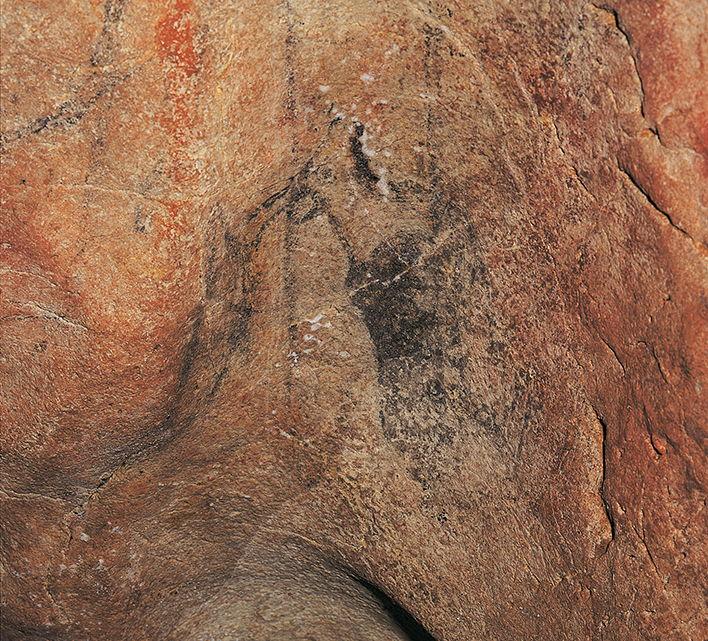
Cave of Llonín
- Location Peñamellera Alta Eastern Asturias
- Address Address: ■ 33578 - Llonín
- Not open to visitors
Info
Llonín Cave was traditionally known as "La Concha de la Cova", and is located on the southern flank of the Sierra de Cuera, some 700 metres from the site of La Molinuca, along the narrow valley that ascends northwards from the banks of the river Cares. The remains extracted from the cave are the best example of Palaeolithic art in the region and are on display in the Archaeological Museum of Asturias in Oviedo/Uviéu.
In 1957, the cave was used for the fermentation of Cabrales cheese, but the paintings were not identified as being of probable prehistoric origin until 1971, when a group of speleologists explored the cave.
The cave's aprietalan artistic manifestations have been classified into five phases, ranging from the Gravettian to the Magdalenian. The animalistic representations, engravings and paintings, number around thirty, with deer standing out for their abundance, although goats, a bison and reindeer horns can also be seen.
Period
Palaeolithic cave paintings dating from the Gravetian to the Magdalenian.
How to get here
First Name: Cave of Llonín
GPS: 43.330556,-4.645278
Address: ■ 33578 - Llonín
